King Krule sings of it. William Blake claimed to have seen an oak “filled with angels, bright angelic wings bespangling every bough like stars” there. London’s Peckham Rye is the poet’s park and sandwiched somewhere in the middle of the triangular open space is Sexby Garden, as sultry in the spring as its name suggests.
My fondness for the ornamental garden is new-ish. We lived in Leeds but summers spent in Peckham visiting family were a highlight of my childhood. I moved to London in 2008 and visited the garden five or so years ago, smashing my phone while trying to take a picture of a budding artichoke thistle. I returned last spring for my daily walk and wondered why I had left it so long. The wisteria-topped pergola provides a cinematic entrance. The lilac plants wrap tightly around the wooden columns so that when you walk through, you’re in near-darkness until you reach the garden’s centrepiece: a circular, soft-flowing fountain, usually full of floating petals, haloed with sunlight and garnished with children stirring their hands in the water.
The garden was created not long after the park had been purchased by London county council and opened in 1894. It was redeveloped in 1936 and the paths were re-laid with yorkstone paving. Today, it’s a humble Southwark oasis. If you enter north of the Peckham Rye, take the long route, through the Japanese Garden, past River Peck, a tiny stream that flows through the west side of the park. Sexby Garden is small but sweet, less than one acre. The aerial view reveals that the pathways are the shape of a cake atop a rectangular dish and cut into eight slices.
I’m not claiming this is the most breathtaking garden in the UK, but it’s the perfect pensive spot. Any good news I received in 2020, I thought to myself, “don’t enjoy it just yet, wait until you’re in Sexby Garden”. It feels as though it was designed with dreaming in mind. Nestled in each corner are long benches for those who need a moment to meditate. I think of the garden as a pause button in a city that is always on.
The overwhelming scent of lavender makes it no bother to spend hours here but, since you are in the area, a 15-minute walk away is Nunhead Cemetery. It’s one of London’s Magnificent Seven cemeteries and is filled with sculptural graves, plinths and mausoleums. Twenty minutes on foot gets you to One Tree Hill of Honor Oak, which boasts panoramic views of London’s skyline. It’s a steep walk but much more intimate than Parliament Hill in Hampstead Heath.
Start your visit with coffee from Old Spike Roastery. It’s the UK’s first social enterprise speciality coffee roastery and 65% of its profits go to supporting people experiencing homelessness. End with authentic West Indian food from JB’s Soulfood because the best thing about south-east London, bar Sexby Garden, is obviously the smell of Caribbean cooking in the air.
Other glorious gardens to visit
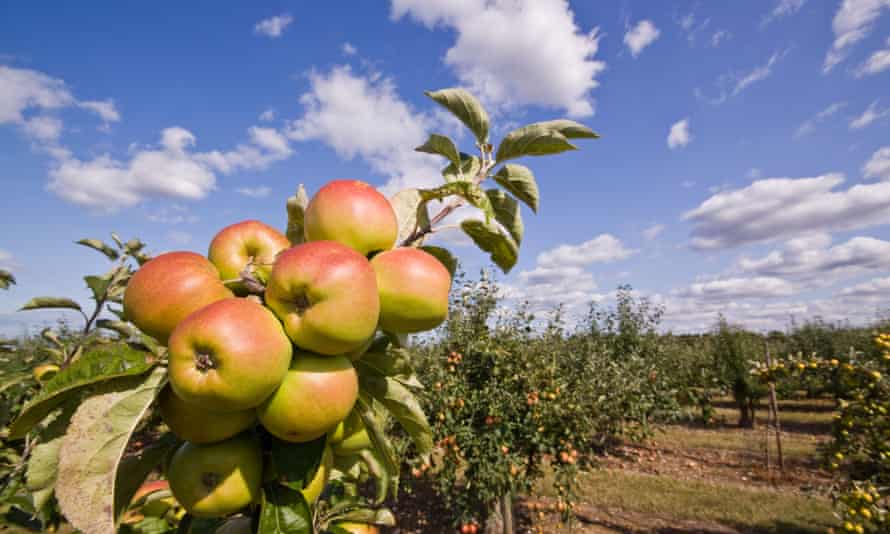
Home to the national fruit collection, the orchards here fill 150 acres with 4,000 varieties of fruit from cherries to quince. A living library of the history of fruit in the UK.
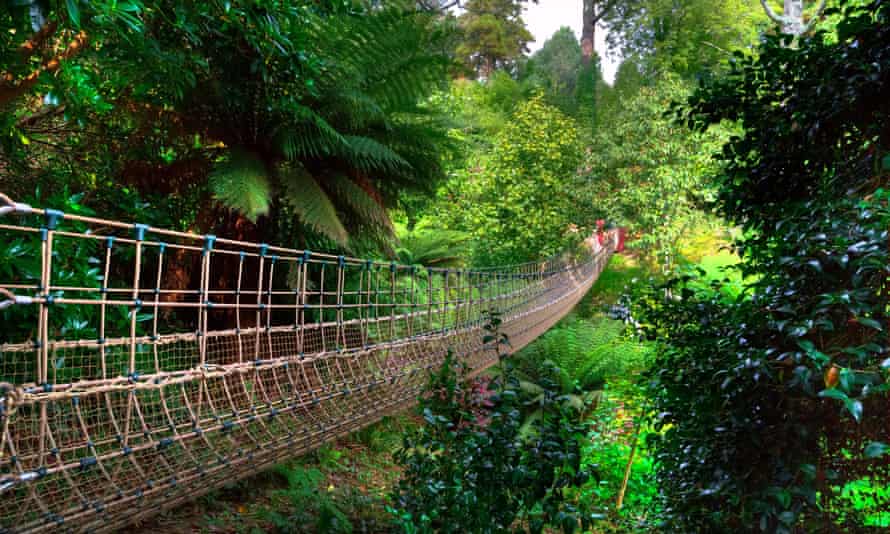
Rescued from years of neglect in 1990, these gardens include the National Collections of camellias and rhododendrons, as well as bamboo tunnels, giant rhubarb and tree ferns.
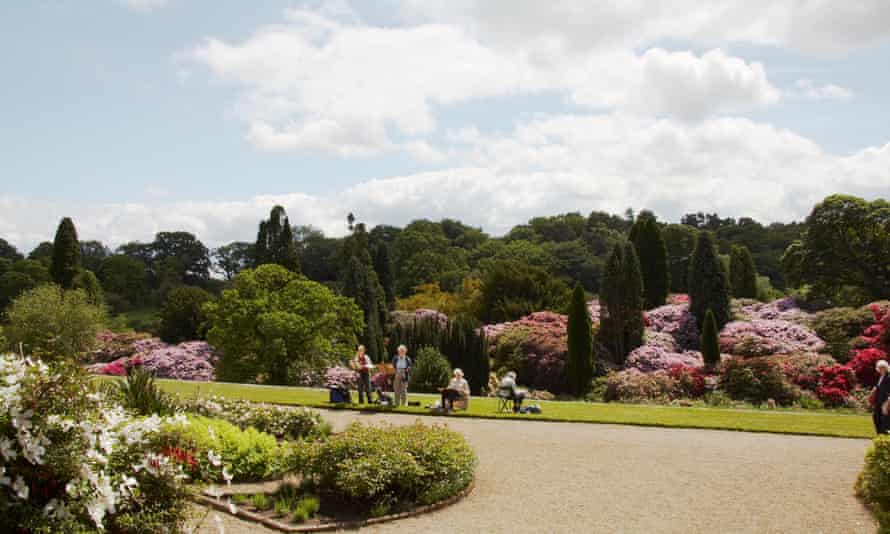
The Greek Revival hall and medieval castle are nice but the 30 acres of garden are remarkable. The Quarry Garden is protected by scots pines and yews which create a tropical microclimate.
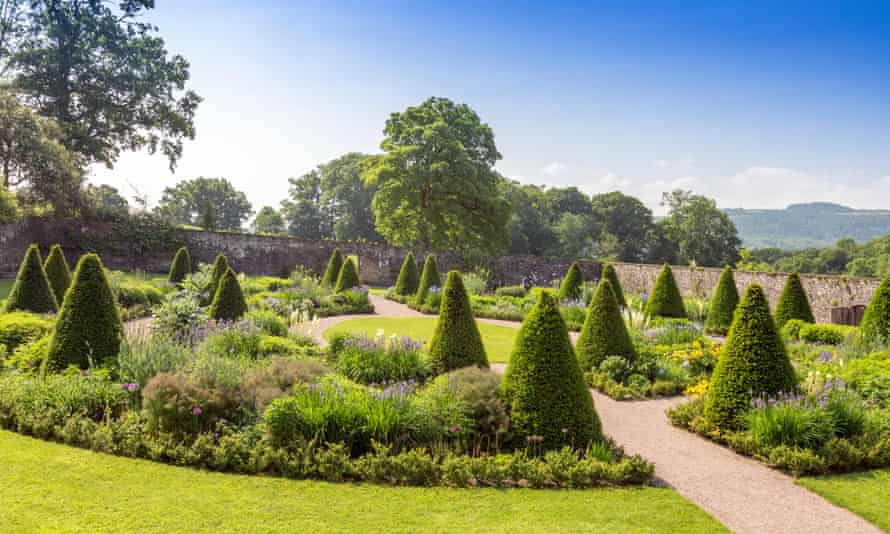
Home to the last Elizabethan cloister garden in the UK, Aberglasney’s other wonders include the Alpinium and Asiatic gardens, also the Ninfarium, inspired by gardens in Ninfa, Italy, which grows in a glasshouse built round the ruins of the mansion.
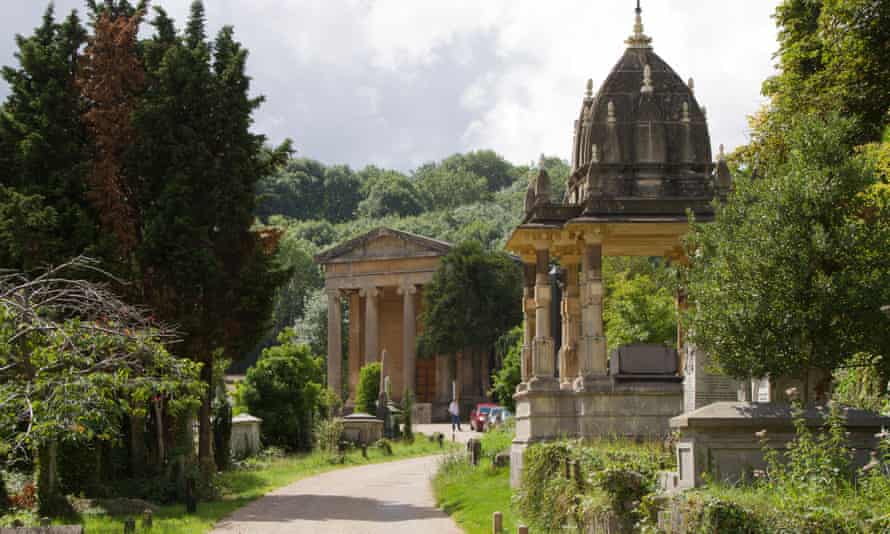
This 45-acre cemetery is one of the UK’s best examples of a Victorian garden cemetery. Teeming with monuments, buildings and wildlife, it even has its own artist-in-residence.
Alice Fisher





